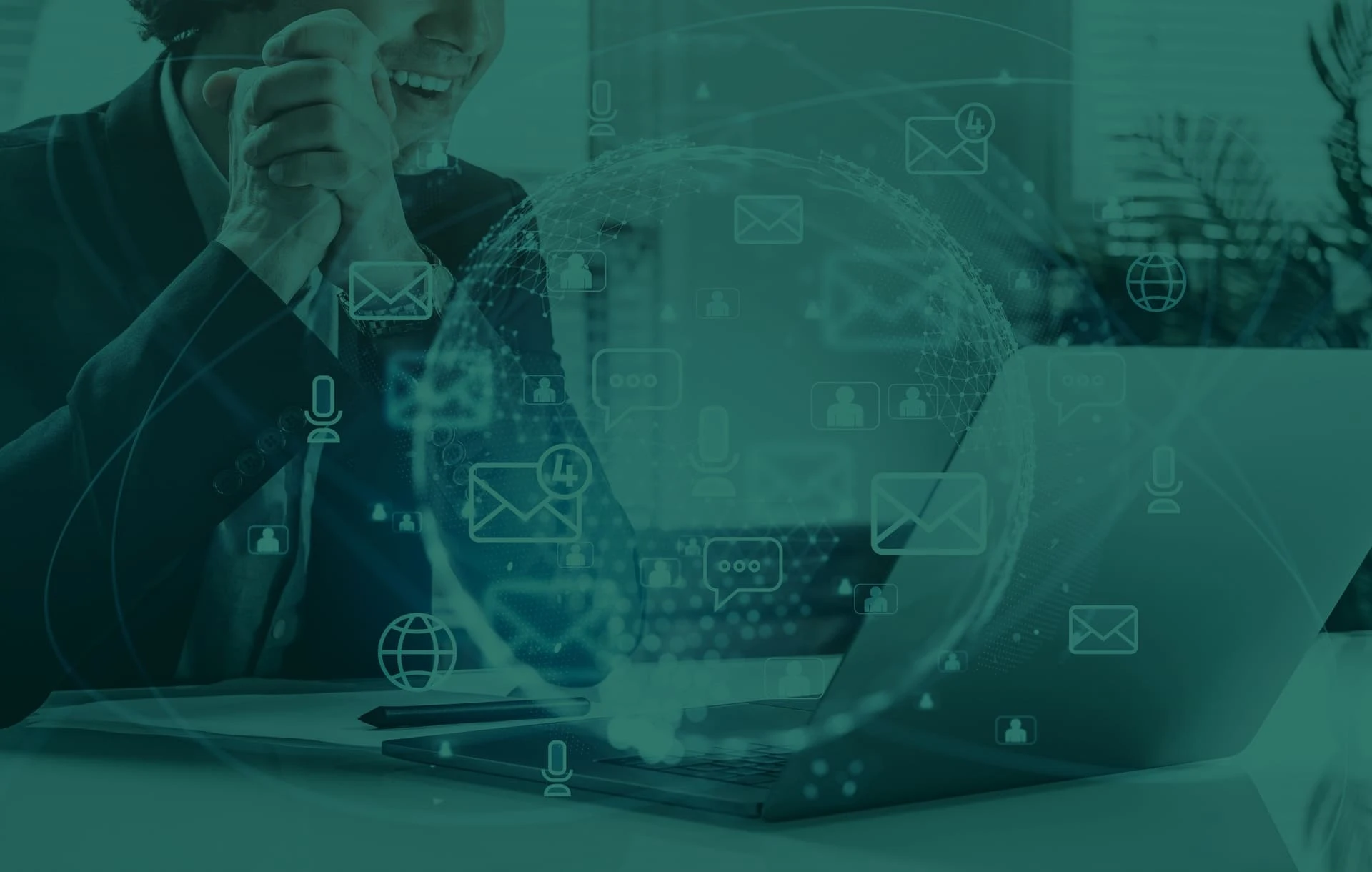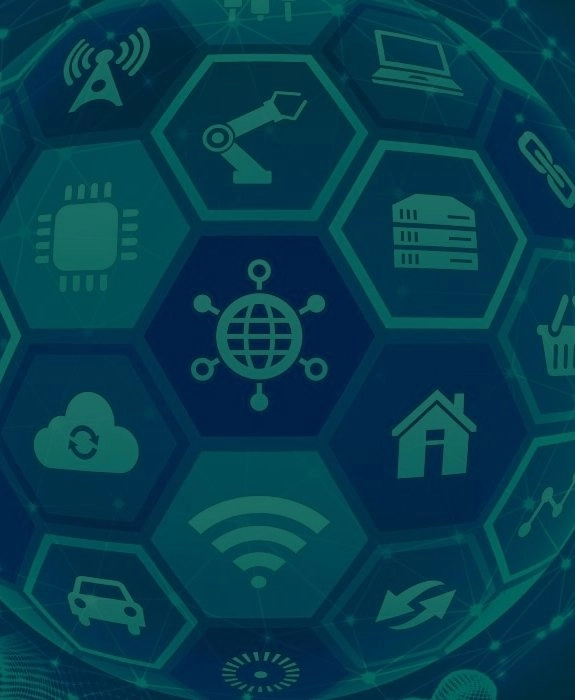Table of Contents
We live in a smart world. The light and temperature in our rooms can be controlled via a smart phone; our heart rate and sleep patterns can be monitored through a smart watch; washing machines, blenders and even toasters can be turned on and off with an app. This is the age of the ‘Internet of Things’ (IoT), where devices are connected to the web and can talk to each other. These devices, be it sensors, smart phones or watches will share information to make us more efficient. Or that’s the idea, anyway.
IoT IN EVERY INDUSTRY
It is claimed that by the year 2020, more than half of new businesses will have processes and systems that will use elements of IoT (source: Gartner). Factories and hardware production units already use it heavily to save their organization time and money. For example, by embedding sensors in the assembly or production lines, different types of data can be acquired for conducting studies in order to increase efficiency, reduce waste and most importantly for providing better customer experience and product innovations.
But, what does this mean to the area of software development? What impact will it have on the field? It is an interesting opportunity for companies and individuals who wish to diversify into an emerging industry. It is not just the opportunities that exist in areas of application development but also in data analytics and AI.
APPS GET SMART!
We use multiple apps a day, they basically run our lives. So it is no surprise that IoT apps are the next big thing! This has created a great demand for specialists in this area. The number of IoT software developers and app developers are growing. They are needed to code for smart devices and sensors used in factories and homes, to create IoT specialized apps for businesses, and to modify existing apps to make them adaptable to IoT.
SECURITY AND STANDARDS
On the flip side, this is a new market and some issues have to be addressed and tackled. These smart devices and sensors are connected to the Internet, which means they can be hacked and information can fall into the wrong hands. So security and privacy has to be taken into account. There is a need for the devices to be secured, and regulations to be set when it comes to the vast amounts of data that is being shared. The latter has happened to an extent with the GDPR, and more regulations will probably happen over time.
Another aspect that needs attention is standardization. IoT works on the premise that the devices can connect and communicate with one another, this means they all have to be compatible. As standardization happens, more and more devices can be connected to one another.
It is obvious this is a growing field with lots of potential. IoT applications are being used widely across industries such as automotive, precision agriculture, home automation, healthcare, energy and retail among others. IoT specialists are the need of the hour and with security measures and standardization keeping pace, the scope and use of the Internet of Things is endless!
Stay ahead of the game with our helpful resources

4 digital solutions to address common application performance issues
High network latency, memory leaks, slow page loads, heavy CPU usage, and unresponsive servers are all typical performance issues we’ve experienced at some point when using or accessing digital applications. With how easy they occur in projects across verticals, you might be wondering whether the development teams behind these programs have done enough due diligence prior to the release. But human errors and oversight aren’t always the culprit. The reality is that while developers can strive to develop a fully functioning program with virtually no apparent faults upon delivery, no software is truly error-free. Even the most rigorously tested applications

6 useful tips for creating more robust application lifecycle management
As digital technology becomes the norm, software acquisition is now key to gaining a competitive edge in today’s market. Be it as a value offering tailored to consumers or a productivity tool to run complex processes, custom software undeniably helps companies drive growth and deliver value more efficiently. Just as necessary as having a proprietary application is prescribing a standard procedure to govern and maintain its utility. This is to ensure that your business can develop or adopt the right type of software—one that can fully cater to your business needs while keeping disruption to a minimum across critical milestones.

5 major roadblocks businesses must overcome when transitioning into a new software environment
As the business landscape becomes increasingly saturated, staying ahead of the curve often means embracing disruptive technologies to meet the fickle market demands. In most cases, this entails knowing when to pivot your current strategy to an entirely new solution. But recognizing the importance of digital shift is one thing; implementing the necessary IT upgrade is another. A global survey by Deloitte has found that although 87% of companies manage to identify the impact of digital trends on their industries, only 44% have adequately prepared for the coming disruptions. This vast disconnect between organizational expectations and conditions in the field

Is cloud computing the answer to better software development?
Cloud computing is perhaps not a term often heard in daily conversations, but it is one with a far-reaching impact on our technological needs. From expansive options of online data storage to numerous suites of web-based productivity tools like Google Workspace, nearly everyone has used a cloud-enabled technology. Over the last decade, this high degree of versatility also underpins the rapid cloud uptake among businesses. In fact, one survey has found that 94% of companies have already shifted their computing workloads on cloud platforms to varying extents. Unsurprisingly, the market size for cloud technology continues to grow exponentially. With a



